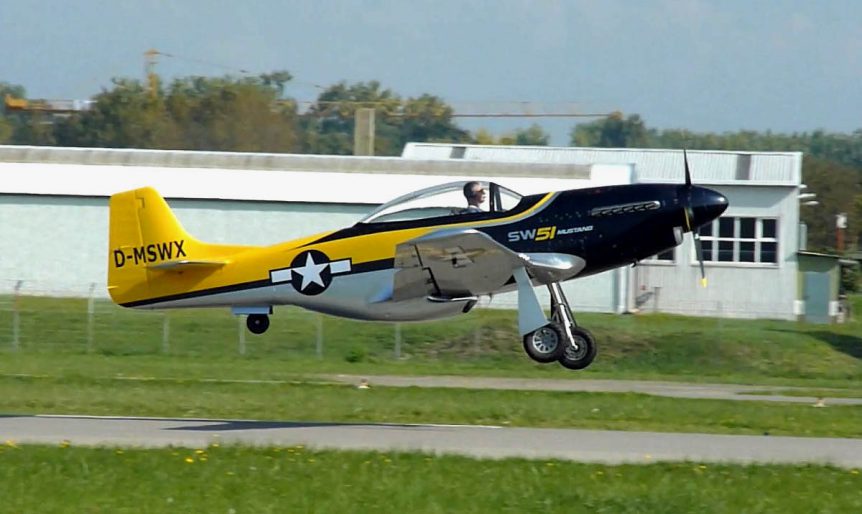Your editor saw this Tweet from Frank Anton, head of Siemens eAircraft: FrankAnton @Frank_E_Anton Oct 9 Hybrid-electric with multiple redundancy: three independent drive units in one engine block. Should a module fail, flight can continue with two remaining components. Scalewings engine exists as concept, development work expected to take three years. This caused your editor to go quickly to the ScaleWings home page, where a beautiful P-51 Mustang in 70-percent scale dazzles. The airplane is available in Ultralight, Light Sport Aircraft, and Experimental configurations using engines from the UL and Rotax lines up to a Chevrolet LS300, with a supercharged variant offering up to 600 horsepower. Their brochure, in German or English gives a great overview of the features of this carbon-fiber replica. Scalewings has an even more exciting powerplant on the way, especially for those of us who value our own hides. Their triple-redundant engine/motor combines a naturally-aspirated four-stroke engine, a turbocharged four-stroke engine, and an electric motor. If any one …
E-volo (Doesn’t) Hit the Ceiling
According to its makers, “e-volo’s Volocopter is a revolution in aviation made in Germany. Safer, simpler, and cleaner than normal helicopters, it has a unique way of moving – a groundbreaking innovation. The Volocopter is an environmentally friendly and emission-free private helicopter. Instead of one combustion engine, eighteen electrically driven rotors propel it.” Alexander Zosel, managing director of e-volo, says that the VC200’s maiden flight and first test flights in the dm-arena in Karlsruhe, Germany on November 17 are precursors of coming production models. “There are already numerous requests for the Volocopter from around the world,” he added. The two-seat vehicle made several flights lasting several minutes each, climbing within the gymnasium but not presenting any danger to hanging lights in the 22 meter (71.7 feet) high enclosure. Notably, it did not carry pilot or passenger, but received commands from a radio-control transmitter managed by Daniel Gurdan and Jan Stumpf, two of Ascending Technologies‘ CEOs. Designed from the start as …

